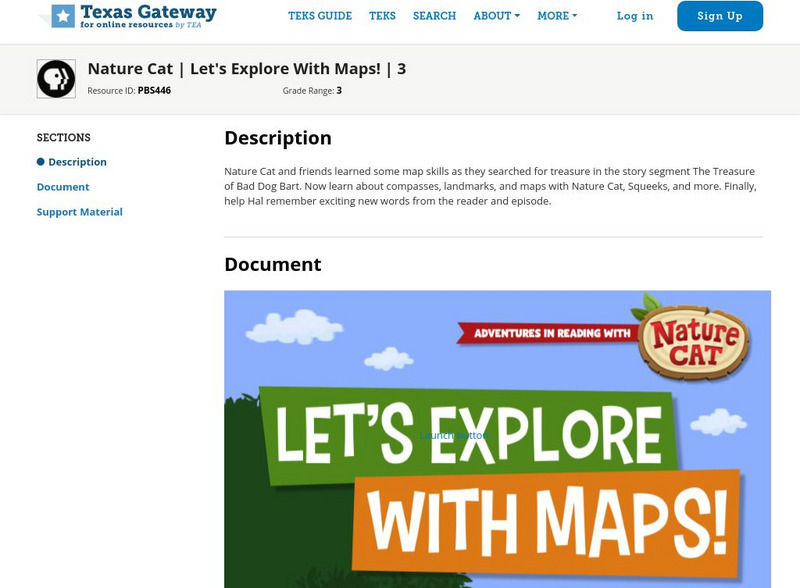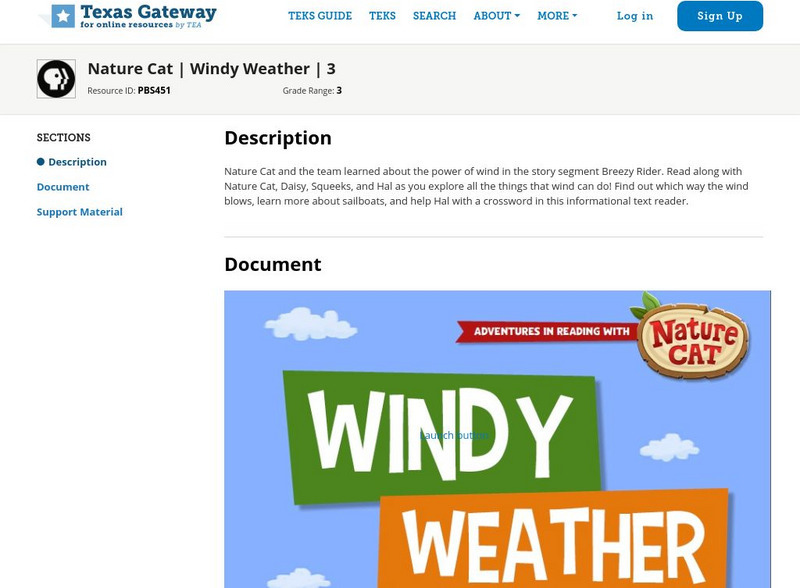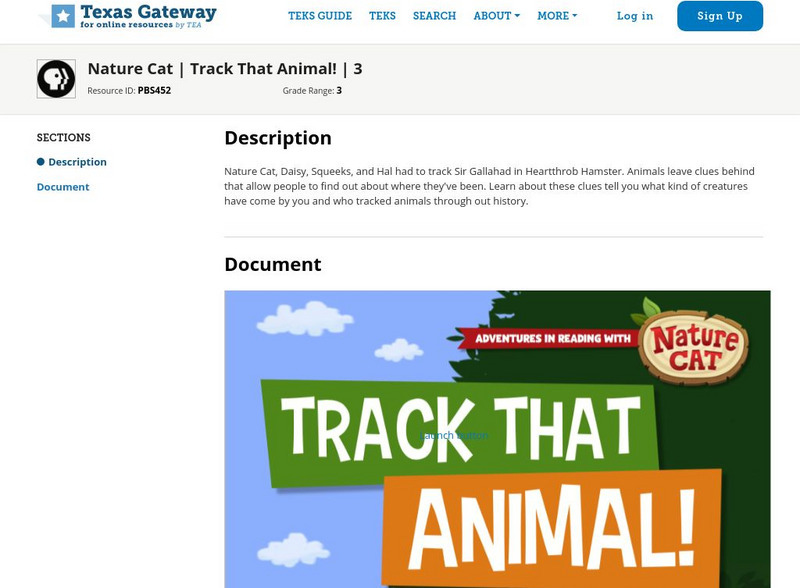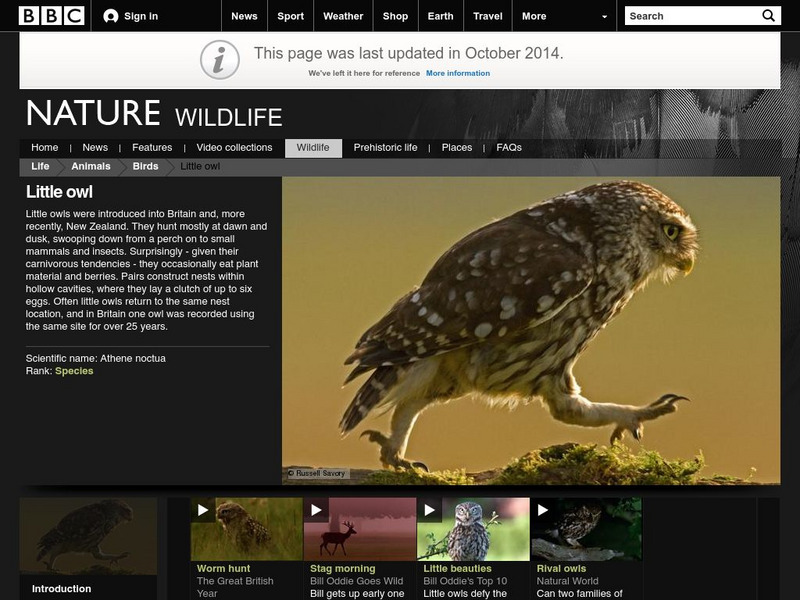eSchool Today
E School Today: Your Cool Basics on Natural Resources
Looks at the two categories of natural resources, what they are used for, their distribution around the world, threats to natural resources, recycling and composting, and conservation.
Thomas Jefferson National Accelerator Facility
Jefferson Lab: Reading Passages: Natural Resources
Read and fill in the blanks of this passage explaining natural resources. Each blank has a dropdown menu with choices. When you finish, click CHECK MY ANSWERS. If you pick a wrong answer, the right answer will be displayed along with...
Georgia Department of Education
Ga Virtual Learning: Ap Environmental Science: Plate Tectonics,natural Resources
Through interactive activities and readings, students learn that natural resources can be renewable or nonrenewable, but sustainable use and management must be applied to ensure they are available for the long term.
CK-12 Foundation
Ck 12: Earth Science: Availability of Natural Resources
[Free Registration/Login may be required to access all resource tools.] Explores some of the factors that affect the cost of resources, such as availability, ease of extraction, and politics.
Council for Economic Education
Econ Ed Link: Economic Spotter: Resources During Wwii
This is a lesson that deals with scarcity during WWII. Natural, human, and capital resources are discussed.
Council for Economic Education
Econ Ed Link: Those Golden Jeans
Check out this informative economics lesson plan designed to review the three productive resources--natural resources, human resources, and capital resources--needed to produce goods and services.
Other
Nc Department of Energy and Natural Resources: What Is Stormwater Pollution
When it rains, some of the rainwater soaks into the ground, and part of it flows over the ground and directly into creeks, streams, or rivers. This water that runs off into the river is called runoff, or sometimes stormwater runoff....
PBS
Pbs: Nature: Wolverine: Chasing the Phantom
Learn about the most elusive creatures on Earth, the wolverine, through pictures, fact sheet, and a full episode of Nature. This episode shows how the wolverine is the most efficient and resourceful carnivores on the planet.
PBS
Pbs Learning Media: Nature Cat: Story Exploration Packet (Spanish)
Mientras ven Nature Cat, utilice estas herramientas para guiar las discusiones y actividades de aprendizaje. Tally ho!
BSCS Science Learning
Bscs: Bscs Helps Students, Parents, and Teachers Connect With Nature
BSCS Science Learning has developed this resource to help students, parents, and teachers get away from technology and formal learning and spend some time connecting with nature. Included are links to resources about the benefits of...
Wisconsin Department of Natural Resources
Wisconsin Dept. Of Natural Res.: Leaves Changing Color
Scroll below the Fall Color Report on this site for information from the Wisconsin Department of Natural Resources that easily explains why and how leaves change color and why they fall. There are colorful illustrations and appropriate...
National Geographic
National Geographic: The Great Nature Project: Butterfly Mission [Pdf]
Get involved with the Great Nature Project! This resource focuses on the life cycle of butterflies.
Information Technology Associates
Cia World Factbook: Slovakia Geography 2008
General geographic information on Slovakia, including natural resources and environmental issues.
Alabama Learning Exchange
Alex: Conserve It to Preserve It
In this lesson from "The Friends of Auntie Litter", (http://www.auntielitter.org/), conservation and describing ways to sustain natural resources will be explored. Students will also recycle a paper plate to create a picture frame. This...
Alabama Learning Exchange
Alex: Regions of the United States
This lesson provides a variety of activities for the student to become aware of the regions in our country. They will learn the geography and natural resources and how these influence the way of life of the people living in a region.
Other
North Carolina Department of Energy and Natural Resources: Dirt Can Be Dirty
Did you know that the #1 pollutant in North Carolina is dirt? When soil is washed into streams and river, it smothers small animals and fish by clogging their gills. Look for bare patches of ground around your home and around your school...
Texas Education Agency
Texas Gateway: Nature Cat: Let's Explore With Maps!: Grade 3
Nature Cat and friends learned some map skills as they searched for treasure in the story segment "The Treasure of Bad Dog Bart". Learn about compasses, landmarks, and maps with Nature Cat, Squeeks, and more. Finally, help Hal remember...
Texas Education Agency
Texas Gateway: Nature Cat: Windy Weather: Grade 3
Nature Cat and the team learn about the power of wind in the story segment Breezy Rider. Read along with Nature Cat, Daisy, Squeeks, and Hal as you explore all the things that wind can do! Find out which way the wind blows, learn more...
American Museum of Natural History
American Museum of Natural History: Resources for Learning: The Path to El Nino
Through this resource, students explore the history, causes, effects, and patterns of El Nino.
Texas Education Agency
Texas Gateway: Nature Cat: Track That Animal!: Grade 3
Nature Cat, Daisy, Squeeks, and Hal had to track Sir Gallahad in Heartthrob Hamster. Animals leave clues behind that allow people to find out about where they've been. Learn about these clues tell you what kind of creatures have come by...
PBS
Pbs Nature Critter Guide: Fly
What do you know about the common housefly? The fly has keen eyesight and can lay up to one hundred eggs at a time. Students will enjoy learning more facts and information when they explore this resource.
PBS
Pbs Nature: Tiger
Learn about how and where tigers live when you explore this resource. You can also investigate how tigers communicate with each other, enemies, friends, and humans through this site.
Thinkport Education
Thinkport: Water, Water, Everywhere: Water Quality Resources
Explore these resources to learn more about the natural and engineered processes that can help contribute to improved water quality.

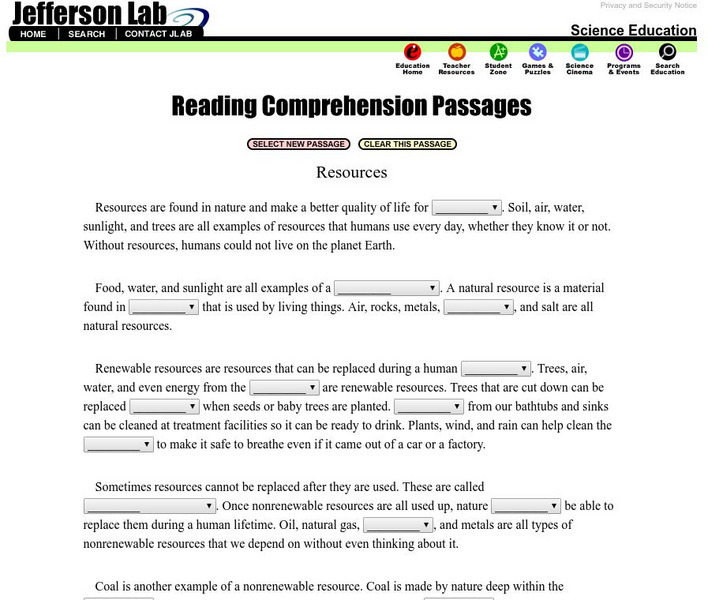
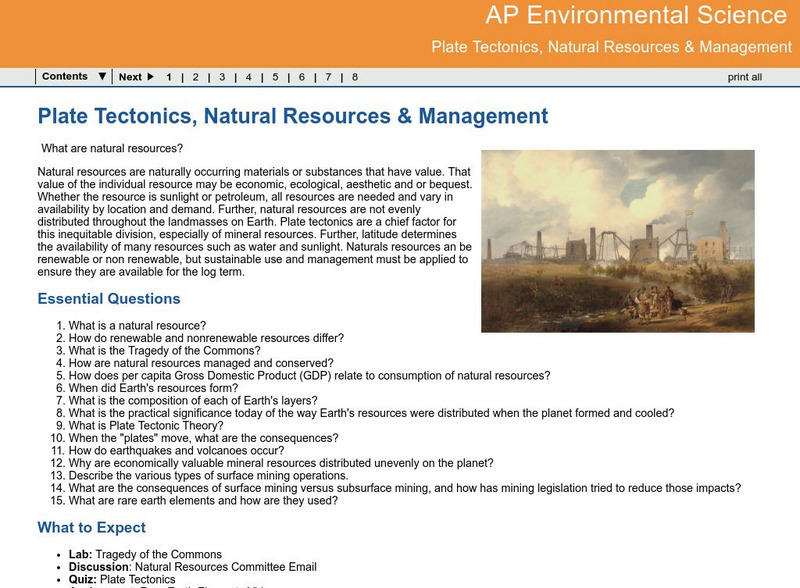







![National Geographic: The Great Nature Project: Butterfly Mission [Pdf] Website National Geographic: The Great Nature Project: Butterfly Mission [Pdf] Website](https://content.lessonplanet.com/knovation/original/83423-57d85adece722cdb6724fa48e7bdde24.jpg?1661554866)




